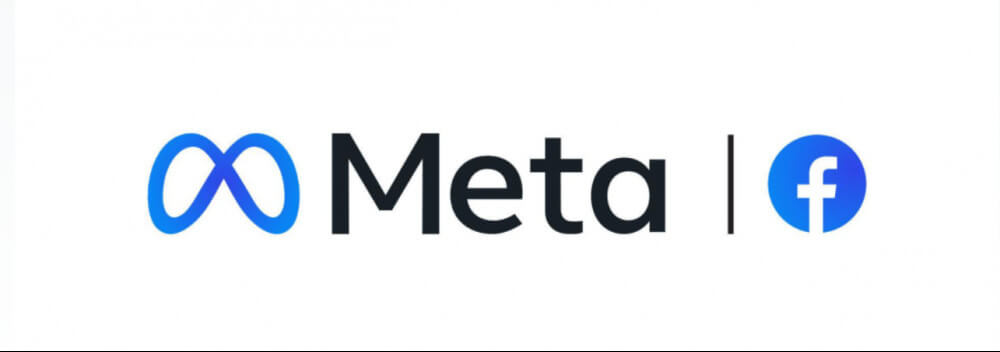Facebook Business Manager
You may have heard about Facebook Business Manager if you’ve already started selling or advertising on Facebook. It’s a platform that helps businesses manage their Facebook presence and run advertising more effectively.
Whatever you think of Facebook or Meta, more than two billion people use it every month, so no matter what niche you are in, you’ll find it there.
The Pros of Facebook Advertising.
The beauty of Facebook advertising is that your ads can display not only on Facebook, but also on Instagram, Audience Network, and Facebook Messenger. You may reach consumers on all of their favorite platforms with a single campaign.
- It’s a good place to start if you’re new to the game. Even if you’ve never run an ad campaign before, you can get started in just a few steps.
- It’s efficient. Thanks to the flexible targeting options, you can quickly reach out to potential customers.
- It takes very little time. It normally takes less than 15 minutes to set up a Facebook marketing campaign.
- It is appropriate for a variety of marketing objectives. Whether you’re trying to attract new consumers or offer a special deal to existing ones, Facebook can help.
- It’s possible to automate it, and because of that, you don’t need to keep a close eye on your campaign.
Ways to Advertise on Facebook.
There are 2 ways you can post on Facebook. The first is organically or at no cost, and you can do this directly from your business page or personal page.

And the next way is to promote or “boost” it which quickly creates a Facebook ad. You will find this banner at the bottom of your post and all you need to do is hit the “boost post” button to proceed.

So do you think you should boost your posts or run a Facebook ad? Well, it comes down to what you want to achieve. It is certainly easier to boost an existing post than design and run a whole new ad campaign, but let us have a look at what each achieves.
Boosting a post is a quick way to get the word out to those who might be interested in your product or brand. Using boosted posts to promote your page can help you gain more followers and increase interaction, creating more “likes” and “comments”.

However, running Facebook advertisements can help you attract new clients and urge them to shop at your online store.
Running a Facebook Ad.
You will want to consider boosting your posts if you wish to increase audience interaction on your Facebook business page or raise brand exposure. It’s a fantastic approach to raising your profile and expanding your audience. To “boost” is exactly what it says, it raises or boosts awareness of you and your “stuff”
But, it’s best to use advertisements if you have certain business goals in mind, such as increasing website traffic and sales in your online store. Whether they are products or services.
Your Dollar Drives you Further.
Also, if you want to construct more intricate ad types and campaigns, “ads” are the ideal option. Ads Manager, for example, has a variety of creative and formatting options that aren’t available when boosting a post from your page. An alternative to this option is to use Canva, which I find to be a very intuitive tool.
Boosting a post means you can select to place it on Instagram in addition to the Facebook news stream. Using Facebook ads lets you choose where it is placed. For example in the Facebook newsfeed, Messenger advertisements, Instagram stories, instant articles, and Audience Network. Your dollar drives you further with the expectation that the results are also amplified.
What is the cost?
Similar to Google, Bing, and Duck Duck go you are the person who decides what the total cost is and you set a limit and bid using an auction system to set up your ads.
It simply means that you tell the platform how much you’re willing to spend for your ad to be seen by your intended demographic. The platform then returns as many results as it can for that cost.
You have 2 types of spending limits, an account spending limit, and a campaign spending limit. The campaign limit is the total amount you can spend on the campaign you are doing. And the account limit is the total amount per campaign across all the campaigns you will do with Facebook.
Read Your Terms and Conditions.
Before bidding for your first campaign it is a good idea to read Facebook’s policies about what is and what is not allowed in their ads. For example, you can not promote the sale of any illicit or recreational drugs, adult products or services, sensational or excessively violent material, or discriminate on race, ethnicity or color, etc.
For a full look at Facebook’s policies check out “Facebooks policies center ads“
Create Your First Ad.
Go to Ads Manager, pick the Ads tab, and click Create to start your first ad campaign. You’ll be asked to select an advertising goal.
Ask yourself, “What do I want this ad to achieve?” when choosing the correct ad. This could mean raising the number of visitors to your website or increasing the number of orders placed in your online store.
As an example, I’ve chosen the goal of Reach. It will increase the number of individuals who will view my advertisement. Great for increasing brand recognition and increasing the odds of a sale.
A) On the same page you can also review campaign details and establish a campaign expenditure limit (optional):
B) Turn on the Campaign Budget Optimization if you want to set up a daily budget for your ads:

C) Then click on next to continue creating your ad.
On the following screen, give your ad set a name and select a Facebook page to promote from the dropdown menu:

To define your daily or lifetime budget, go to the Budget & Schedule portion of the page. The daily budget is the average amount you’re willing to pay per day on a certain ad set. The lifetime budget is the total amount you’re willing to spend on your campaign or ad set over the course of its full lifespan.
You may also specify the time period for which your adverts should run in this section. This way, you don’t waste money on ads that aren’t relevant.

To define who you want to view your adverts you need to go to the Audience area.
Combining what you know about your target audience, choose the demographics, hobbies, and behaviors that best represent them. This can include things like age, location, language, and hobbies.

So in this case I have chosen people from the United States between the ages of 25-35 who speak English with the niche being fashion and style.
Then choose where you want your ad to appear. Facebook, Instagram, Messenger, Audience Network, or all of them are included.
Select Automatic or Manual placements from the Placements section. Facebook will allocate your ad set’s money between different placements based on where they’re most likely to work successfully, therefore automatic is advised.

From here you can decide how you want your ad displayed. There is a range of options available. for example;
- Photo ad.
- Video ad.
- Ads in Stories.
- Messenger ads.
- Carousel ads.
- Slideshow ads.
- Collection ads.
This comes under what is called ad creative and is self-explanatory as you are formatting your advertisement.
You can then set up an analytical tool called Facebook Pixel that helps you analyze your customers’ actions on your website. You will need to download Facebook Pixel which helps show things like how many site visitors saw a certain product page or added that product to a cart.
Facebook Pixel provides you with data about your customer’s behavior. This is invaluable for creating effective ad campaigns. Then find the Tracking section and check the Website Events box (website events are actions that people take on your website)

And when you are happy with how everything looks you may go ahead and publish your Facebook advertisement.
Analyzing Your Ad.
You should now use Ads Manager to track the performance of your ads. Check to see if your ad is being delivered effectively, and make any necessary changes to your campaign.
This not only allows you to determine which ad styles are most effective for your company, but it also allows you to learn more about your target demographic and enhance your advertising over time.
You’re undoubtedly interested in learning about the best days to promote on Facebook, as well as the ideal times to advertise on Facebook. Unfortunately, writings that answer these issues are frequently simplistic and, in some cases, incorrect. Just because one firm found a time window that worked for them doesn’t mean it will work for you.
So rinse and repeat and rinse and repeat.
Final Thoughts.
Good luck on moving forward, however, if you have planned your campaign well, luck will have little to do with it. If you are interested in Affiliate Marketing the next few days offer a great opportunity to get involved at an incredible discount. Click on the banner below to find out more.
Stephen

June Special
Any or all links on this site may be affiliate links, and if you purchase something through those links I will make a small commission on them.
There will be no extra cost to you and at times due to my affiliation, you could actually save money.
You can read our full affiliate disclosure here.



